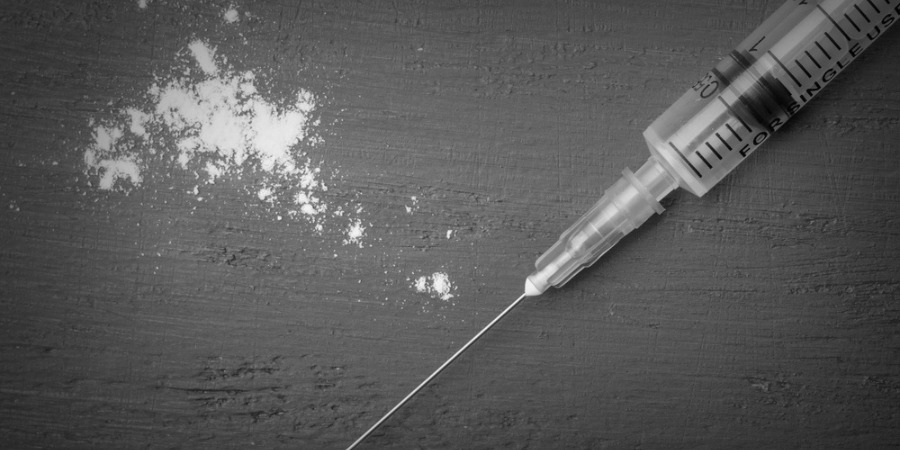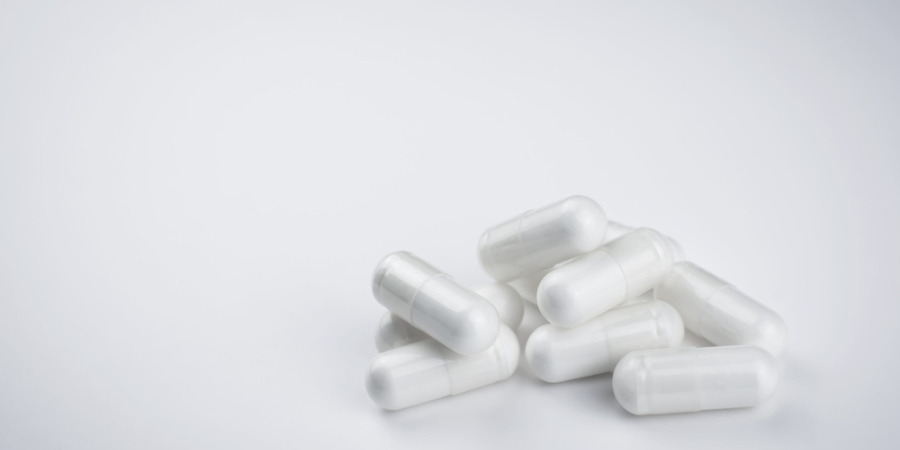Last Updated:
May 16th, 2025
Steroid Addiction | Symptoms, Effects and Causes
What are steroids?
Steroids can be broadly divided into two main types: corticosteroids and anabolic steroids. While they may share a name, their purposes and effects differ.

The two types of steroids
Here’s what you need to know about each:
Corticosteroids
Corticosteroids are synthetic drugs designed to mimic the hormones naturally produced by your adrenal glands. They are typically used to reduce inflammation and suppress the immune system, making them effective for treating a range of conditions such as asthma, arthritis and eczema.
Some common corticosteroids include:
- Prednisolone: Often prescribed for asthma or inflammatory bowel disease.
- Hydrocortisone: Used for skin conditions like eczema or as a cream for rashes.
- Dexamethasone: A powerful steroid used to treat severe allergic reactions or as part of cancer treatment.
Corticosteroids are legal and widely available in the UK but should always be used under a doctor’s guidance, as misuse can lead to serious side effects.
Anabolic steroids
Anabolic steroids, on the other hand, are synthetic substances similar to testosterone, the male sex hormone. They are commonly associated with muscle growth, improved athletic performance and increased physical strength.
In the UK, anabolic steroids are classified as Class C drugs under the Misuse of Drugs Act 1971. While it is legal to possess them for personal use, supplying them to others, even for free, is illegal and can result in severe penalties.
Are steroids addictive?
The potential for addiction to steroids largely depends on the type being used. Medicinal steroids, like corticosteroids, are rarely linked with addiction, but long-term use can occasionally lead to TCS withdrawal. This happens when stopping topical corticosteroids, which triggers symptoms like redness, burning, or peeling as the skin struggles to adjust after relying on the medication. While this is uncommon, it’s a reminder of how important it is to follow medical guidance when using these treatments.
Anabolic steroids, however, pose a much greater risk of dependency. Prolonged use can impact the brain’s reward system, creating a sense of reliance on the effects they provide. Over time, users may find themselves increasing doses or continuing despite harmful side effects as the idea of stopping becomes more daunting. On top of that, withdrawal symptoms, such as fatigue, depression and cravings, can make quitting even harder, trapping users in a cycle that feels difficult to break.
Signs of steroid addiction
Recognising the signs of steroid addiction is vital, whether you’re worried about yourself or someone you care about. Addiction can creep in slowly, often without being noticed, until it begins to cause harm. Spotting the early warning signs can make all the difference in seeking help before the situation worsens.
- Increased focus on appearance or performance: A sudden obsession with physical changes or athletic achievements can point to reliance on steroids.
- Secretive use or lying about consumption: Concealing steroid use or being dishonest about it is often linked to feelings of shame or guilt.
- Neglecting responsibilities: Missing work, school or social events due to steroid use or related activities may indicate an unhealthy dependency.
- Spending excessive money on steroids: Financial strain caused by prioritising steroid purchases can be a clear behavioural sign.
- Using steroids despite negative consequences: Continuing use even after experiencing health, work or relationship problems shows a loss of control.
- Unusual muscle growth or rapid weight gain: Steroids can cause significant changes in body size and shape beyond typical training outcomes.
- Acne or oily skin: Hormonal changes triggered by steroids often result in severe breakouts, particularly on the face or back.
- Shrinking testicles or changes in menstruation: These changes occur due to steroid-induced disruption of the body’s natural hormone production.
- Hair thinning or baldness: Steroids can speed up hereditary hair loss in both men and women.
- Increased facial or body hair in women: Hormonal imbalances caused by steroids can lead to noticeable changes in hair growth patterns.
- Mood swings or aggression: Frequent and extreme changes in mood, often marked by anger or irritability, can indicate steroid use.
- Depression or anxiety: Emotional lows, particularly when trying to stop using steroids, suggest psychological dependence.
- Obsessive thoughts about steroids: Constantly planning the next dose or worrying about running out is a sign of addiction.
- Paranoia or delusions: Some users may develop irrational fears or false beliefs due to the effects of steroids on brain chemistry.
- Difficulty coping without steroids: Feeling unable to train or function without them often signals a deeper reliance.
Is ‘roid rage’ real, and is it dangerous?
Roid rage happens because anabolic steroids disrupt the brain’s chemistry, particularly the areas responsible for regulating mood and emotions. The artificially elevated testosterone levels caused by steroids can intensify feelings of aggression, making it harder to stay calm in situations that wouldn’t usually provoke such strong reactions.
The risk of roid rage becomes even higher in cases of steroid addiction. Over time, this can lead to harmful outcomes, such as damaged relationships, job loss or even legal trouble if the aggression escalates into violence.
Understanding this connection is vital for recognising when help may be needed.

How is a steroid addiction treated?
If you’re struggling with steroid addiction, treatment is designed to help you safely stop using steroids and regain control of your life. While every journey is unique, most treatments follow three key stages:
Detoxification is the first step, where your body is gradually weaned off steroids. This allows you to manage withdrawal symptoms like fatigue, mood swings or cravings in a safer, more controlled way as your body adjusts.
Therapy focuses on helping you understand the reasons behind your steroid use and dependency. You can develop healthier coping mechanisms and strategies to move forward through individual counselling, group therapy or cognitive-behavioural approaches.
Aftercare ensures you’re supported long after treatment ends. Ongoing counselling, relapse prevention plans and access to support groups can help you maintain your progress and build a stable, addiction-free life.
What’s next?
If you’re struggling with steroid addiction, taking the first step toward recovery can feel overwhelming, but help is available. Reaching out to a rehab centre can provide the guidance and support you need to regain control of your life. Contact a rehab centre today to start your journey toward a healthier, addiction-free future.
Our compassionate team are ready and available to take your call, and guide you towards lasting the lasting addiction recovery you deserve.
Frequently Asked Questions
(Click here to see works cited)
- “Topical Corticosteroid Addiction and Withdrawal – an Overview for GPS.” Australian Family Physician, The Royal Australian College of general Practitioners, www.racgp.org.au/afp/2016/june/topical-corticosteroid-addiction-and-withdrawal-an. Accessed 21 Jan. 2025.
- Chegeni R, Pallesen S, McVeigh J, Sagoe D. Anabolic-androgenic steroid administration increases self-reported aggression in healthy males: a systematic review and meta-analysis of experimental studies. Psychopharmacology (Berl). 2021 Jul;238(7):1911-1922. doi: 10.1007/s00213-021-05818-7. Epub 2021 Mar 20. PMID: 33745011; PMCID: PMC8233285.

